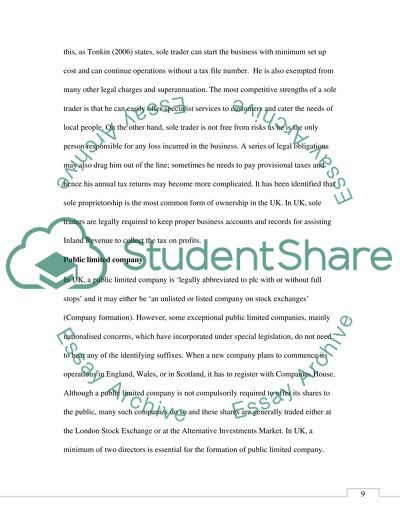Cite this document
(“Business and transport Essay Example | Topics and Well Written Essays - 2000 words”, n.d.)
Retrieved from https://studentshare.org/tourism/1429694-tourism-business-in-transport
Retrieved from https://studentshare.org/tourism/1429694-tourism-business-in-transport
(Business and Transport Essay Example | Topics and Well Written Essays - 2000 Words)
https://studentshare.org/tourism/1429694-tourism-business-in-transport.
https://studentshare.org/tourism/1429694-tourism-business-in-transport.
“Business and Transport Essay Example | Topics and Well Written Essays - 2000 Words”, n.d. https://studentshare.org/tourism/1429694-tourism-business-in-transport.


